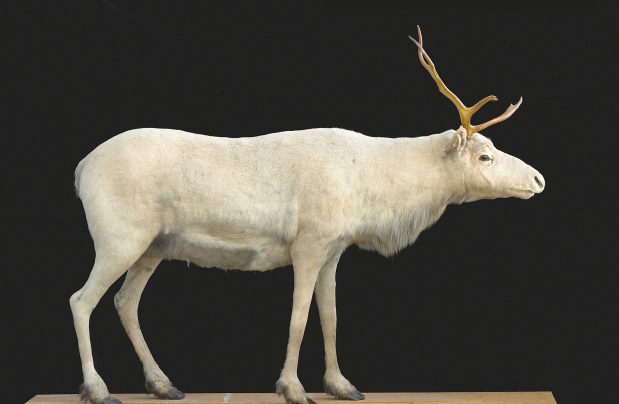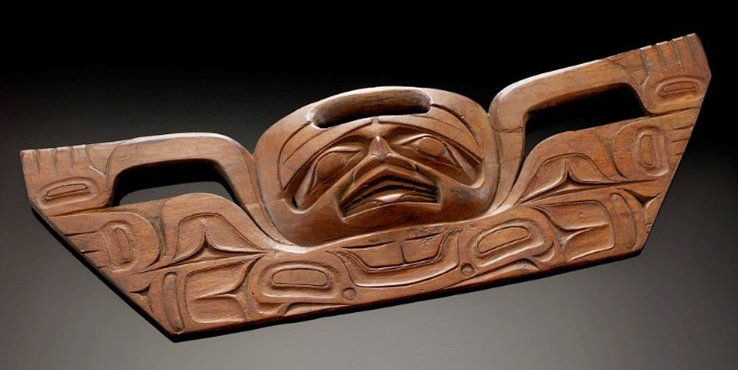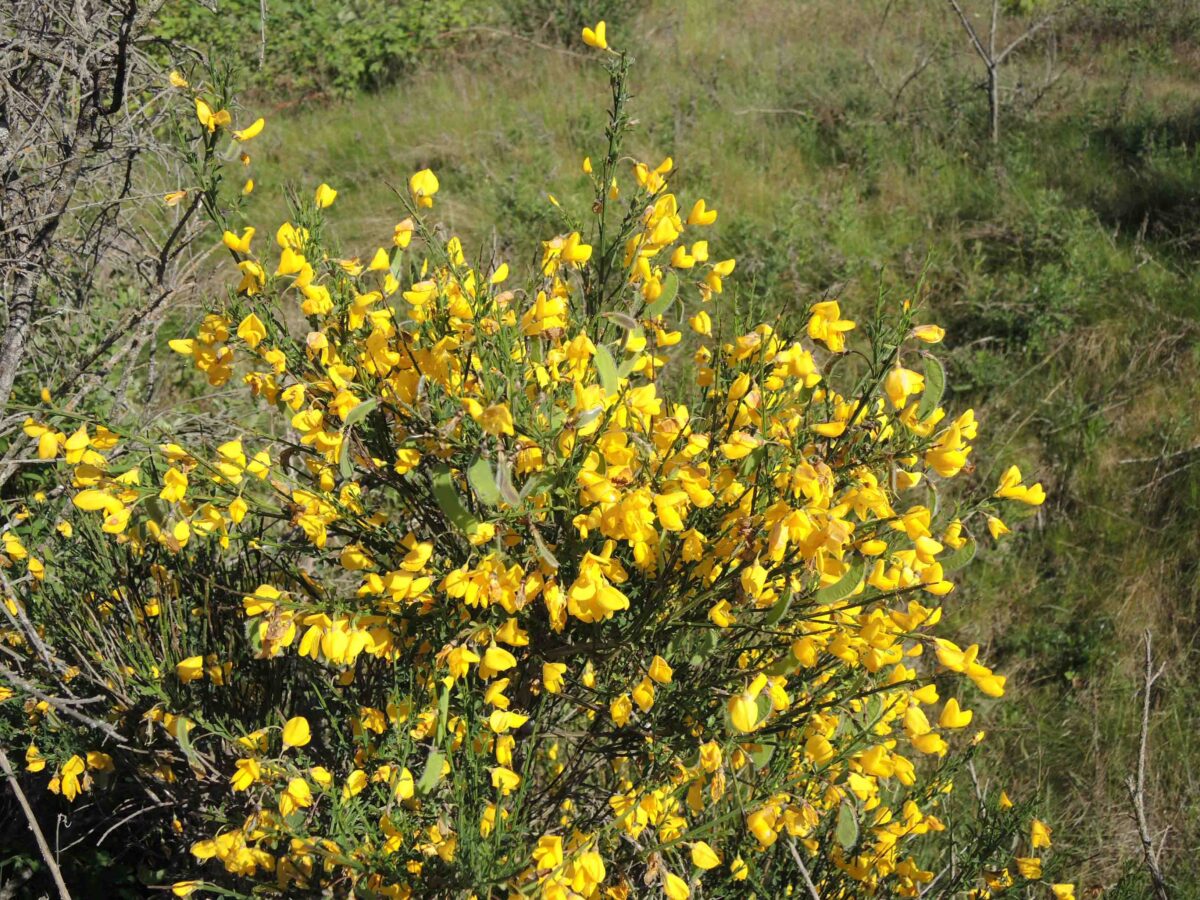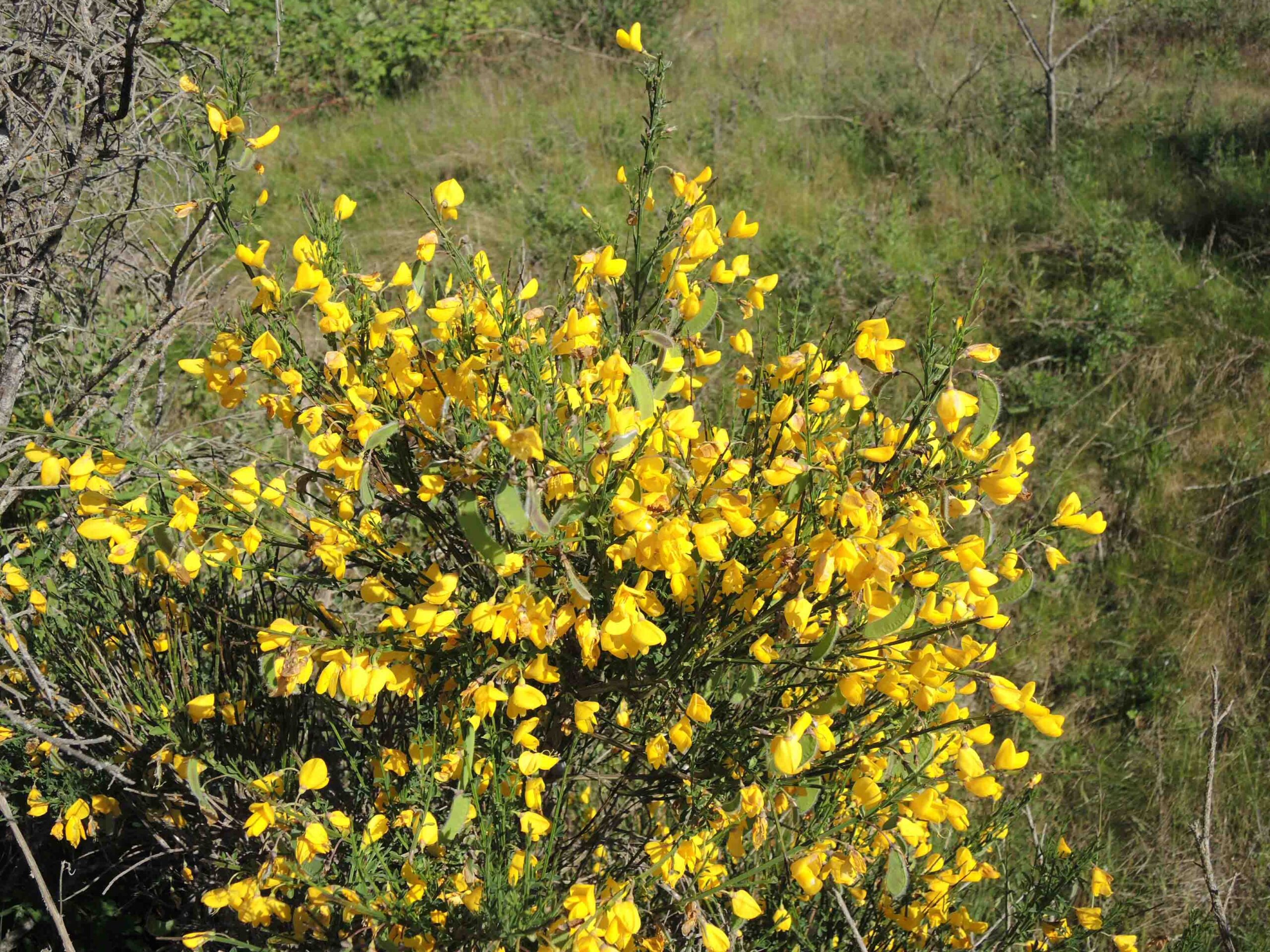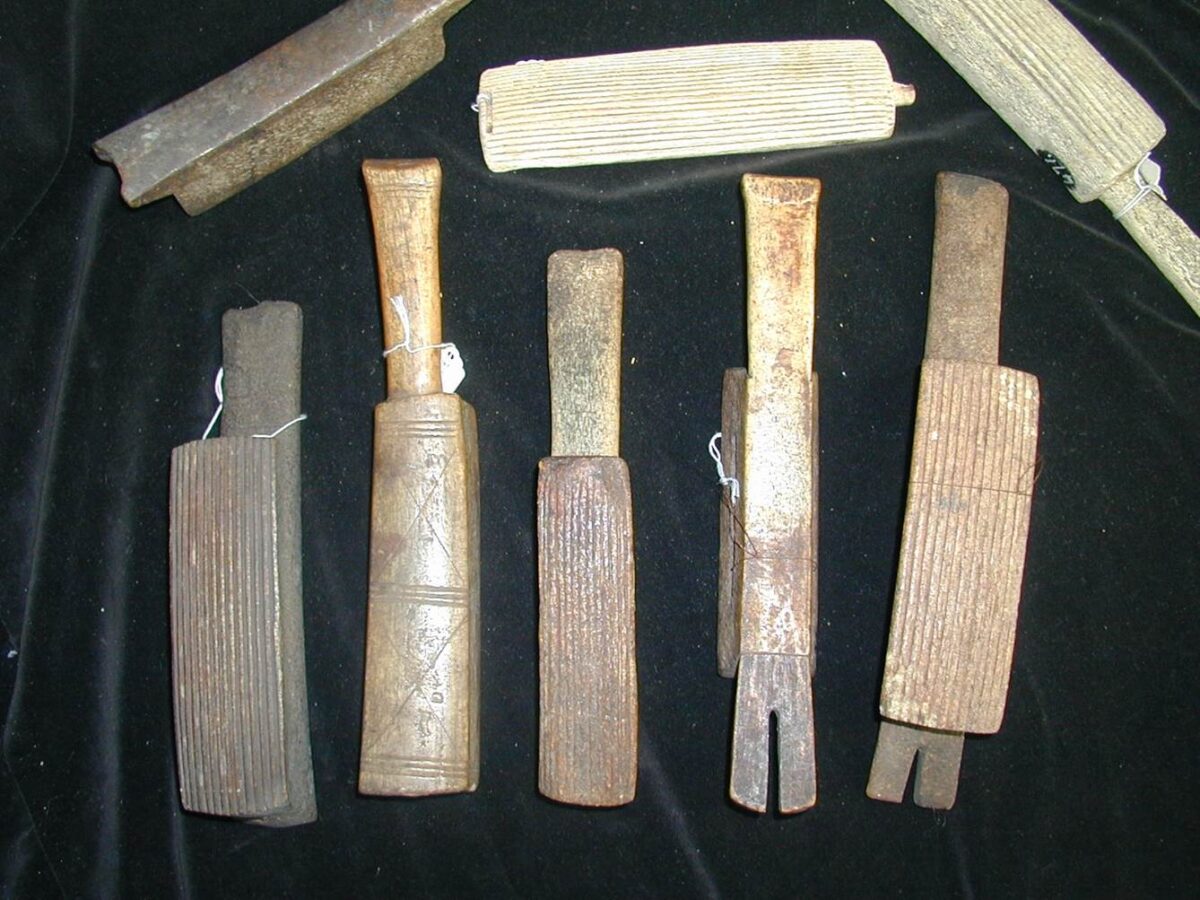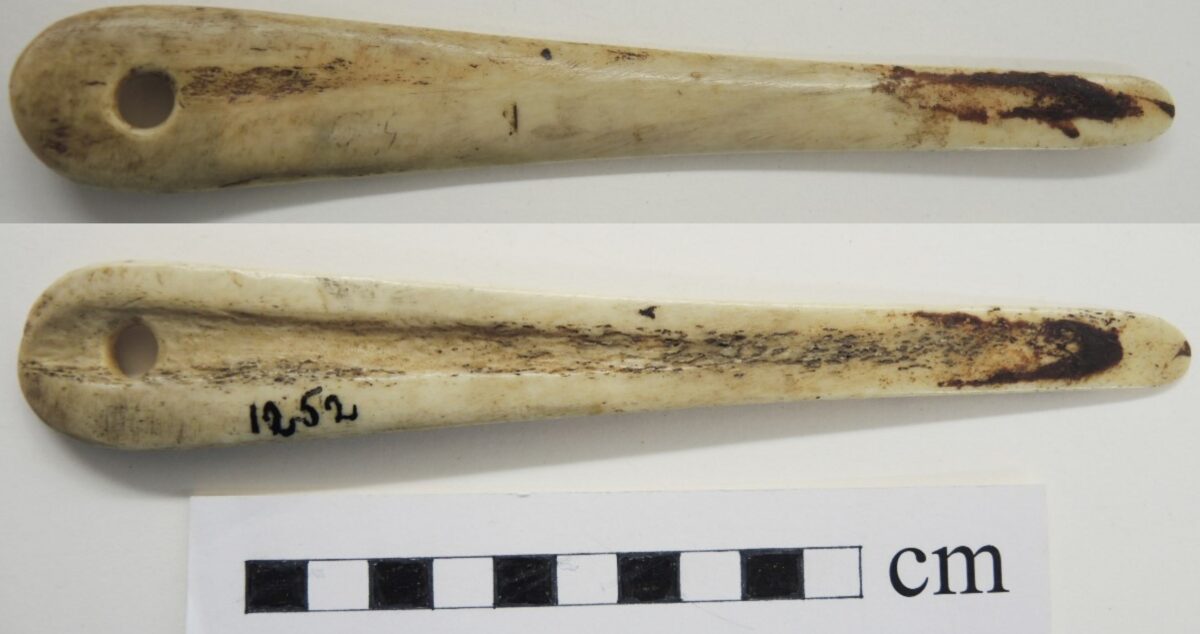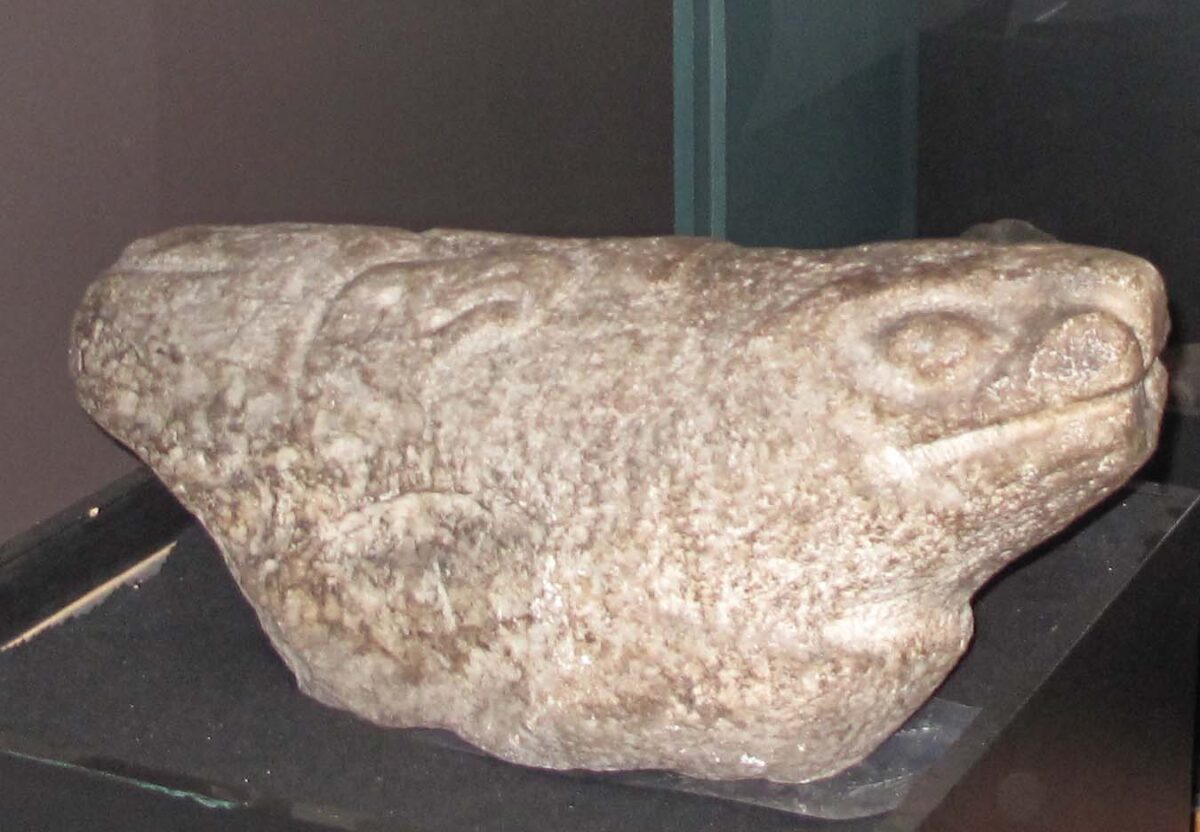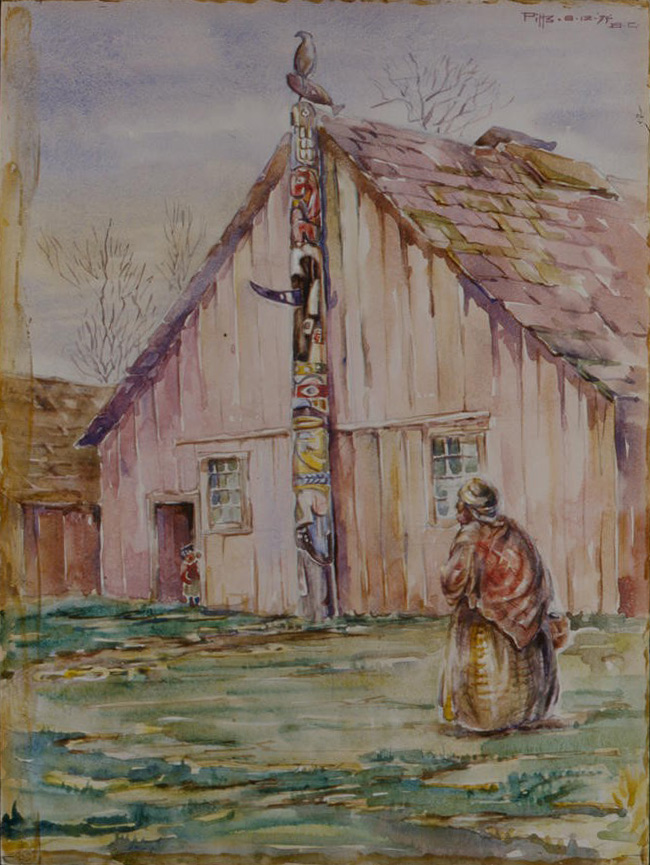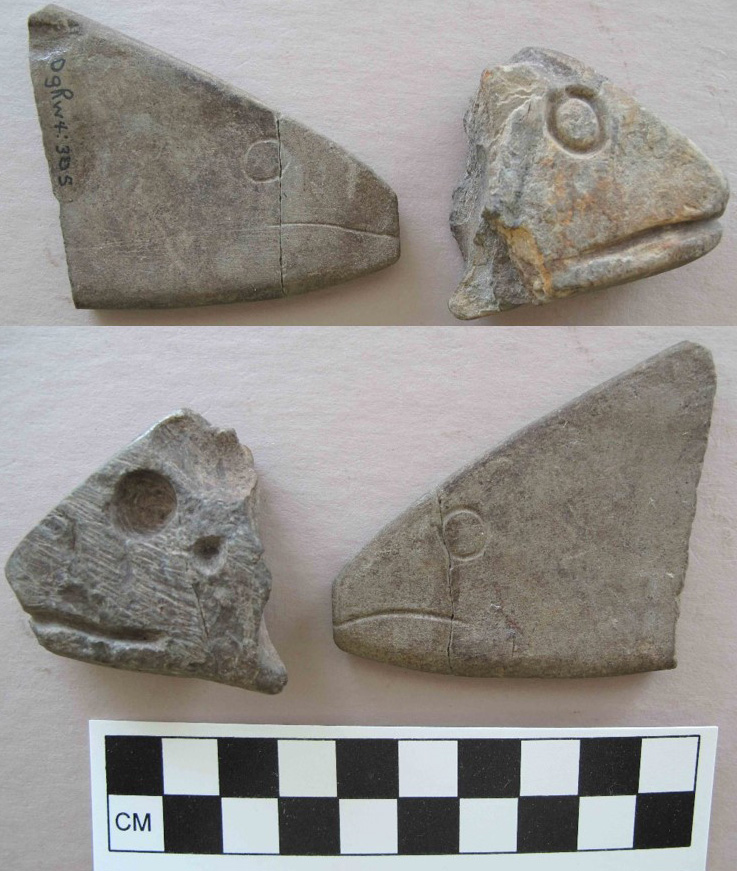
One of the most common artifacts found in archaeological site on the southern coast of British Columbia are abrading stones. These were used for grinding or abrading in the shaping or sharpening tools made of bone, shell and antler. They were used in shaping ornaments and grinding pigments. Abrading stones come in many shapes and sizes, were made of different raw materials, and like modern sandpaper, they came in many grain sizes. By far, most are made of sandstone and are plain slabs of rectangular, square or irregular shapes. A small number are especially shaped in the form of animals, usually whales or fish. It is these I am interested in here. Figure 1, shows two sides of a sandstone … Continue reading “Fishing Power and Abrading Stones”
